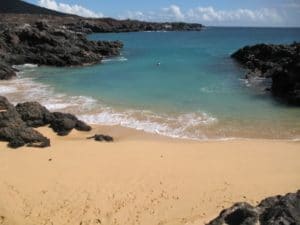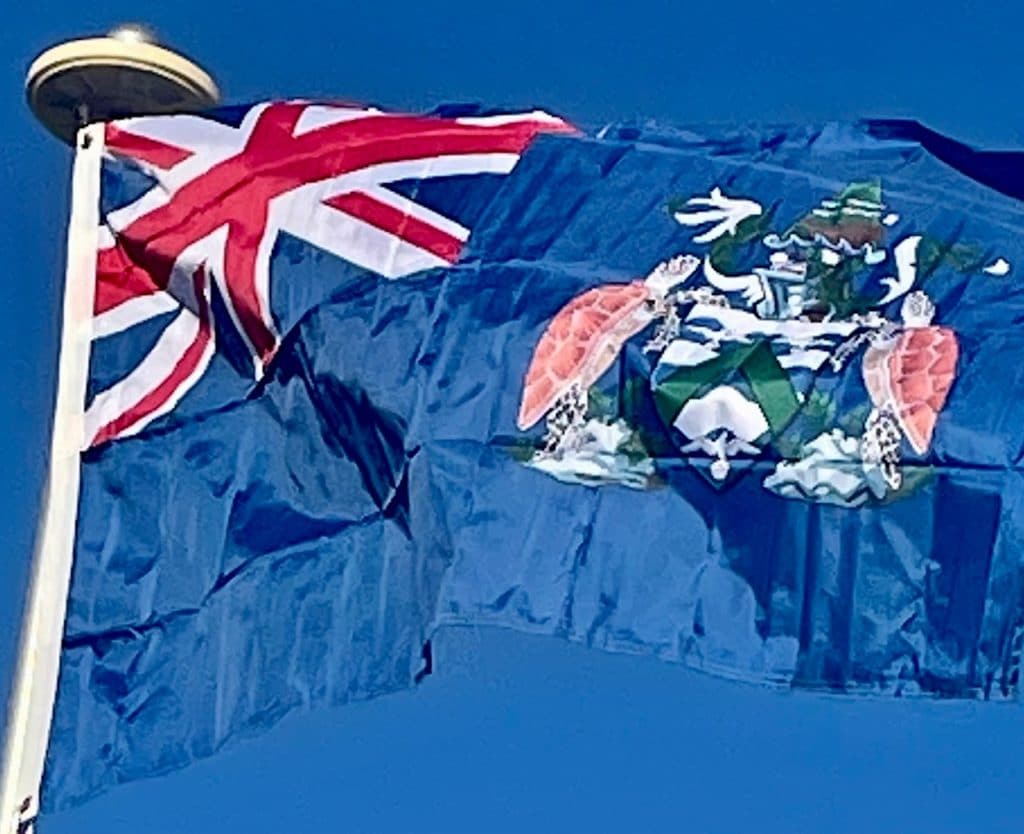The airfield was used by the US military as a stopping point for American aircraft crossing the Atlantic Ocean on the way to theatres of operation in Europe and Africa. American bombers based at Wideawake were engaged in the Laconia incident.
The only local military action during World War II occurred on 9 December 1941. At around mid-day, the German submarine U-124 approached Georgetown on the surface with the intention of sinking any ships at anchor or shelling the cable station. Fort Bedford, a two-gun shore battery at Cross Hill, above Georgetown, fired on the submarine. The guns scored no hits but the U-boat submerged and retreated. The battery remains largely intact to this day, together with its guns, BL 5.5 inch Mark I naval guns removed from HMS Hood during a refit in Malta in 1938.
The airbase fell into disuse following the American departure at the end of World War II.
Later military involvement:
With the Space Race and the Cold War, the Americans returned in 1956. Wideawake Airfield expanded in the mid-1960s. The runway, with its strange hump, was extended, widened, and improved to allow its use by large aircraft, and later to act as an emergency runway for the Space Shuttle, although the Shuttle never had to use it. At the time, it was the world’s longest airport runway. The United States Space Force uses the island as part of its Eastern Range. NASA established a tracking station on the island in 1967, which it operated for more than 20 years before closing it down in 1990.

Ascension was the shore terminal for the furthest down range installation of the Atlantic Missile Impact Location System (MILS), an acoustic system for locating splashdown of test nose cones. The MILS hydrophones that were located in the SOFAR channel for broad area coverage have played a significant role in long range acoustic transmission studies and incidents. The island’s location makes it a first point of Atlantic reception for acoustics from the other oceans. As an example the Ascension hydrophones received and the site processed signals generated near Heard Island in the Indian Ocean some 9,200 km (5,700 mi; 5,000 nmi) from the Ascension arrays and passing around Africa. The Ascension array was one of those involved in the Vela incident acoustic signal in which there were correlated acoustic arrivals with the time and estimated location of the double flash detected by the Vela satellite.
A joint Government Communications Headquarters and National Security Agency signals intercept station was also established on Ascension during the Cold War. The island retains a role in space exploration: the European Space Agency now operates an Ariane monitoring facility there. The BBC Atlantic Relay Station was installed in 1966 for short-wave broadcasts to Africa and South America.
In 1982 the British task force used Ascension Island as a staging post during the Falklands War. The Royal Air Force deployed a fleet of Avro Vulcan bombers and Handley Page Victor tankers at the airfield. Vulcans launched the opening shots of the British offensive from Ascension in Operation Black Buck. The RAF also used the base to supply the task force. Because of the increase in air traffic during the war, Wideawake, with up to 400 movements of all types each day, was one of the busiest airfields in the world for a short period. The Royal Navy’s fleet stopped at Ascension for refueling on the way. Following the war, the British retained an increased presence on the island, establishing RAF Ascension Island, and providing a refueling stop for the regular airlink between RAF Brize Norton in Oxfordshire, and RAF Mount Pleasant in the Falkland Islands.
